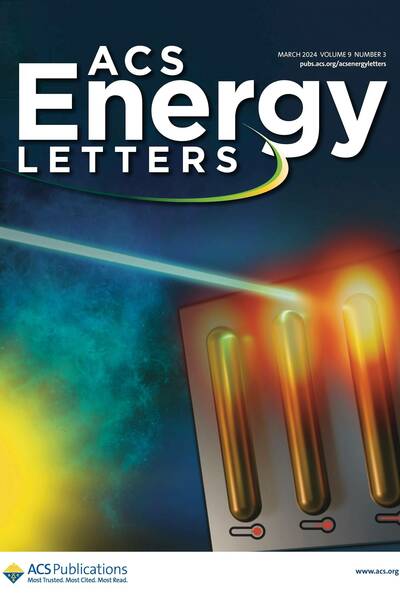
If you’re reading this on your laptop right now, feel the heat coming off the device. This is “waste heat,” which is everywhere: It is why your car needs a radiator to keep the engine cool, and why that laptop needs a fan.
This heat is often the byproduct of work, and it is also inefficient. Researchers for decades have wanted to harness the lost energy. In a recent paper in ACS Energy Letters, University of Notre Dame researcher Jon Camden, professor and director of undergraduate studies in the Department of Chemistry & Biochemistry, and collaborators showed how a hybrid material they created, partially from gold nanostructures, could focus this waste heat energy.
When heated, this substrate localizes the energy at the surface of a nanorod. To demonstrate the localization, the researchers showed that electrons striking the surface of the rod bounced off with increasing speed as temperatures increased.
“This was definite proof that we can now localize the waste heat, because it was only gaining energy in a certain region near the nano rod,” said Vishal Kumar, formerly Camden’s graduate student and co-first author on the paper.
In the lab, Camden and collaborators used the gold nanostructures to develop a plasmonic material that could work in the infrared, which is the type of radiation most commonly emitted by heated objects.
“This is something that has been known to work in the visible (light spectrum) for a long time” but has been very hard to achieve in the infrared, Camden said.
Using an electron microscope, Camden and collaborators showed that at room temperature, electrons that interacted with the rod led to a couple of different results. Usually, the electron loses energy and “excites” the rod. But if the substrate is heated, this process operates in reverse, with the electron gaining energy from the hybrid material.

Though this experiment demonstrated the focus of waste heat under limited conditions, it is a first step toward improving catalysis, when scientists have to heat substances to create chemical reactions. It will also improve technology for solar energy and eventually nanocomputers, Kumar said.
The experiments were carried out at Oak Ridge National Laboratory in Oak Ridge, Tennessee. Other authors include Elliot K. Beutler, Marc R. Bourgeois, and David J. Masiello of the University of Washington, Seattle; Gordon H.K. Duddyof the University of Notre Dame, and Bernadeta R. Srijanto and Jordan A. Hachtel of Oak Ridge National Laboratory.
The research was funded by the Air Force Office of Scientific Research.